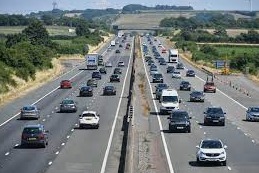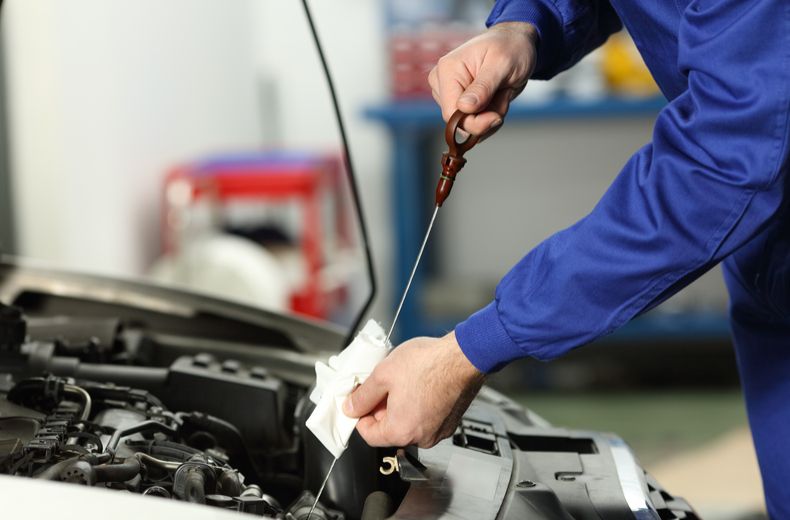In today’s fast-paced world, personal transport plays a significant role in our daily lives. It provides convenience, flexibility, and independence, allowing us to travel from one place to another with ease. However, personal transport also comes with its fair share of disadvantages. In this article, we will explore some of the drawbacks associated with personal transport and the challenges it presents.
Personal transport, such as cars, motorcycles, and bicycles, offers a convenient means of getting around. However, it is essential to acknowledge the disadvantages associated with relying heavily on personal vehicles for transportation.
Traffic Congestion
One of the significant drawbacks of personal transport is traffic congestion. As more people own and use personal vehicles, roads become overcrowded, leading to increased travel times, frustration, and reduced productivity. Traffic jams not only waste time but also contribute to air pollution due to idling engines.
Environmental Impact
Personal transport is a significant contributor to environmental pollution. Vehicles emit harmful greenhouse gases and pollutants that contribute to climate change and poor air quality. The burning of fossil fuels in personal vehicles releases carbon dioxide, which is a greenhouse gas known to trap heat in the atmosphere, leading to global warming.
Financial Burden
Owning and maintaining a personal vehicle can be costly. Expenses include the purchase price, fuel, insurance, regular maintenance, repairs, and parking fees. Additionally, the depreciation of a vehicle’s value over time can result in a significant financial loss.
Health and Safety Concerns
Personal transport carries inherent risks to both the driver and other road users. Accidents and collisions can result in injuries or fatalities. Furthermore, sedentary behaviors associated with driving for extended periods can contribute to health issues such as obesity, cardiovascular disease, and back problems.
Maintenance and Upkeep
Personal vehicles require regular maintenance to ensure their proper functioning and longevity. Oil changes, tire rotations, and periodic inspections are necessary to prevent breakdowns and costly repairs. Failure to maintain a vehicle adequately can result in unexpected breakdowns and compromised safety.
Limited Parking Spaces
The increasing number of personal vehicles has led to a scarcity of parking spaces in urban areas. Finding suitable parking can be a challenge, often resulting in wasted time and frustration. Limited parking availability also leads to the construction of more parking lots and garages, which can further contribute to urban sprawl and environmental degradation.
Dependency on Fossil Fuels
Most personal vehicles rely on fossil fuels, such as gasoline and diesel, for propulsion. The dependence on these non-renewable resources poses a risk to energy security and contributes to the depletion of finite resources. Furthermore, fluctuations in fuel prices can impact personal finances and the overall economy.
Increased Sedentary Lifestyle
Personal transport often promotes a sedentary lifestyle, especially in car-dependent societies. Instead of walking or cycling short distances, people tend to rely on their vehicles, leading to reduced physical activity levels. Lack of exercise can contribute to weight gain, muscle weakness, and various health problems.
Stress and Road Rage
Driving in congested traffic and dealing with aggressive or inconsiderate drivers can significantly increase stress levels. Road rage incidents are becoming more common, posing risks to personal safety and mental well-being. The constant exposure to traffic-related stressors can have a negative impact on overall quality of life.
Accessibility and Mobility Issues
Personal transport may not be suitable for everyone, especially individuals with disabilities or limited mobility. Inaccessible vehicles and inadequate infrastructure make it challenging for certain segments of the population to travel independently, limiting their access to essential services, employment opportunities, and social interactions.
Impact on Public Transport
The widespread use of personal transport can have adverse effects on public transportation systems. As more people choose to drive, the demand for public transport decreases. This can lead to reduced services, route cuts, and increased fares, making it less accessible for those who rely on public transportation.
Social Isolation
Personal transport can contribute to social isolation. Instead of engaging with others during shared commutes, individuals may opt for solitary journeys in their vehicles. This reduced social interaction can impact community cohesion and a sense of belonging.
Decreased Physical Activity
Relying heavily on personal transport often results in decreased physical activity. Instead of walking or cycling short distances, people tend to drive, leading to a more sedentary lifestyle. Lack of physical activity can have negative consequences for both physical and mental health.
Conclusion
While personal transport offers undeniable convenience, it is crucial to consider the disadvantages it presents. Traffic congestion, environmental impact, financial burden, health and safety concerns, and limited parking spaces are among the drawbacks associated with personal transport. Additionally, it contributes to sedentary lifestyles, stress, accessibility issues, and social isolation. It is essential to strike a balance between personal transport and sustainable modes of transportation to mitigate these disadvantages.
FAQs
Q1: Are there any alternatives to personal transport?
A1: Yes, there are several alternatives to personal transport, including public transportation, walking, cycling, carpooling, and ridesharing services.
Q2: How does personal transport contribute to air pollution?
A2: Personal vehicles emit greenhouse gases and pollutants, primarily through the burning of fossil fuels. These emissions contribute to air pollution and climate change.
Q3: Does personal transport impact traffic congestion?
A3: Yes, the increasing number of personal vehicles contributes to traffic congestion, especially in urban areas, resulting in longer travel times and reduced efficiency.
Q4: Can personal transport affect mental health?
A4: Yes, the stress associated with driving, traffic congestion, and road rage can have a negative impact on mental well-being.
Q5: What can individuals do to reduce the disadvantages of personal transport?
A5: Individuals can consider using sustainable transportation alternatives, such as public transport, walking, cycling, or carpooling. They can also maintain their vehicles properly and promote community initiatives for better transportation options.





